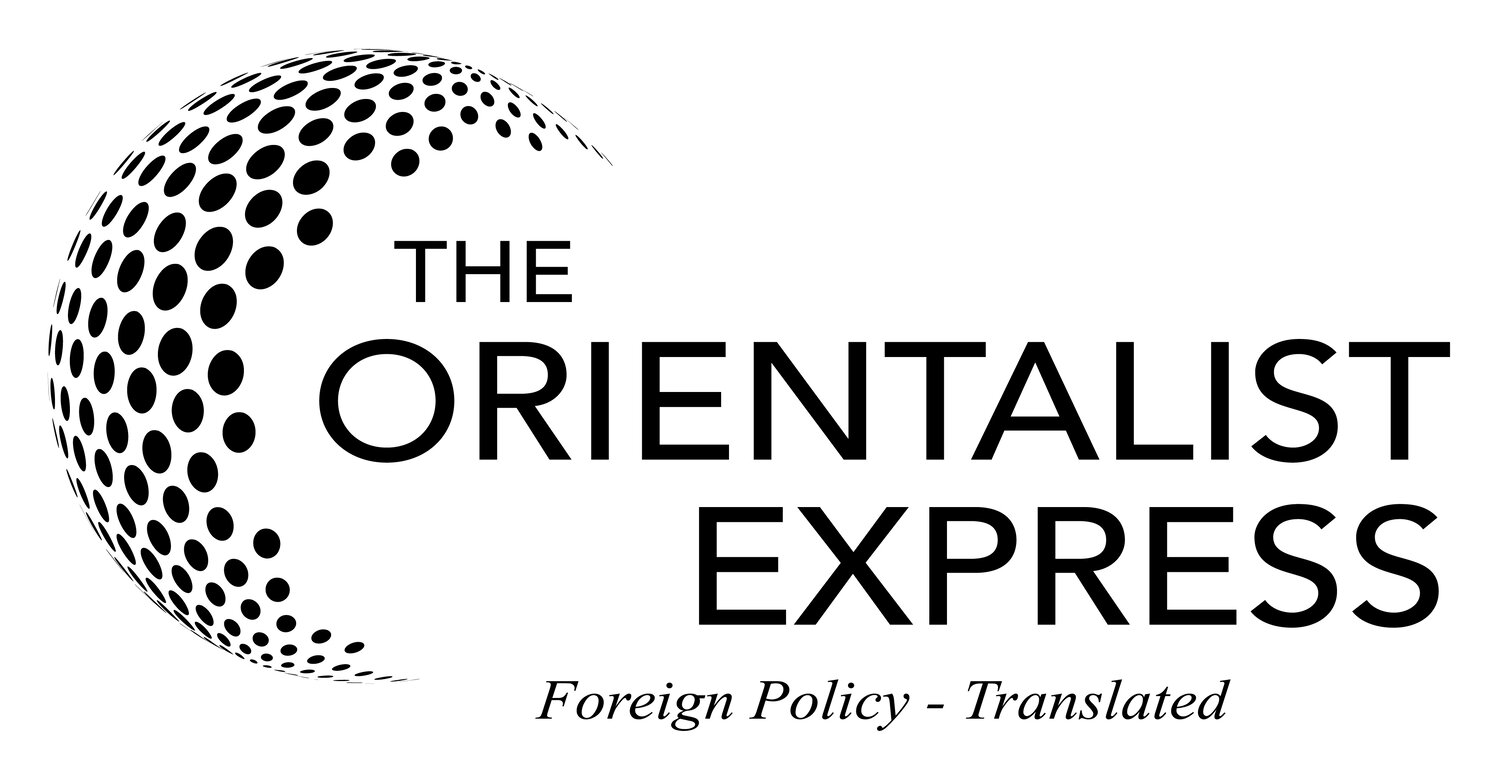The past few weeks, Iran has been roiled by nationwide protests that have many people wondering about the future of that country’s oppressive regime. While the protests that have occurred certainly aren’t as big as those which ousted the Shah of Iran in 1979, the current wave of anger is among the largest in Iran’s history. This week, let’s dive into the situation in Iran and what it means for you.
Background: Iran’s Unique Government
But First, let’s recall a bit about Iran’s unique system of government. Most Americans tend to think of Iran as an absolute dictatorship ruled by the Supreme Leader Ayatollah Khamenei. It’s true that the Ayatollah has the final say in nearly all matters of importance, but there is the pretense of some democratic behavior in Iran. The Parliament, President, and the Assembly of Experts are all determined by population election. These institutions then appoint members of various other power centers in Iran including the president’s cabinet, and the Supreme Leader. However, let’s not mistake this for an actual free and fair democracy. After all, every candidate for elected office is vetted by the Guardian Council. This group is predominately focused with perpetuating Iran’s “continuous revolution” and so they quickly disqualify any candidates who would pose a threat to the conservative nature of Iran’s government. So Iran holds elections, but it isn’t exactly a democracy. Over the years, there have been a number of protests over this troubled system.
How did the latest protests start?
Last month, a young woman named Mahsa Amini was detained by Iran’s morality police and died in custody. The morality police are present throughout the country and single out people for apparent “crimes” including violations of Iran’s strict dress code. Mahsa Amini was apparently arrested for improperly wearing her religious headscarf. Following her burial on Sept. 17, protests and outrage over her death quickly swept through cities in Iran, including the capital Tehran. As is typical with Iran’s hard-line regime, security forces responded with a brutal crackdown, but this appears to have only boosted the resolve of the protestors. So far, several dozen people appear to have died and hundreds arrested. Iran’s president Raisi has unsurprisingly blamed the United States for fomenting this outrage, but there is no evidence to suggest this is the case. Many people within Iran have held longstanding grievances against the government’s particularly fundamentalist treatment of Shia Islam.
What Happens Next?
For now, the protests show no signs of backing down. The regime also appears set on continuing to respond with harsh crackdowns rather than concessions for protestor demands. What are those demands? Some have called for the end of the current regime, but much of the focus has been on greater freedom and bodily autonomy for women in Iran. But as the protests continue and the regime responds with force, other major issues like Iran’s economic troubles and the cost of living are entering the conversation. The Iranian Revolution of 1979 centered on Ayatollah Khomeini as a clear alternative to the Shah of Iran. But this time, there doesn’t appear to be a clear successor or alternative to the current system. Unless one develops, the protests may end up settling for more modest changes to individual policies (if they aren’t violently stamped out first).
What Does This Mean For You?
Full regime change in Iran appears very unlikely at this stage. Events would need to take a dramatic turn and it’s not likely the regime would go down easily. Remember that Iran’s system is much more than just the Ayatollah at the top, there are multiple layers of entrenched bureaucracy that have a vested interest in remaining in power. On a related note, the potential of reviving the Iran Nuclear Deal remains unlikely as well. Iran has rejected offers to begin direct talks without preconditions and sees an easy scapegoat in blaming these protests on the United States. For now, the United States is preoccupied with concerns in Ukraine and the Asia-Pacific region and will not likely wade into Iranian internal politics. And if it did, it’s not clear that U.S. sanctions would actually help the protestors obtain the reforms they want. If anything, a strong American response at this stage may only make matters worse for those seeking greater freedom and autonomy in Iran.
